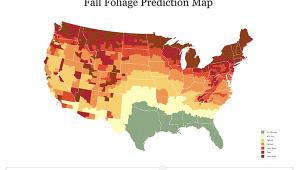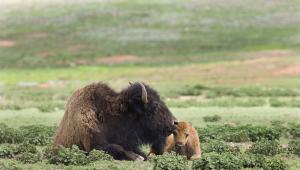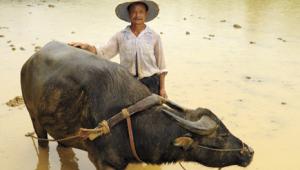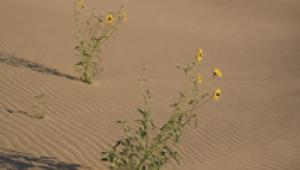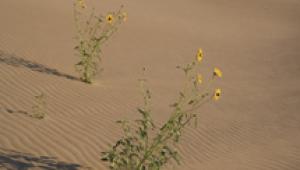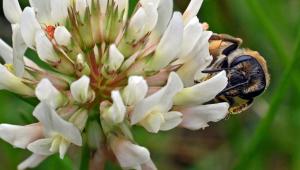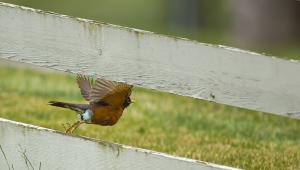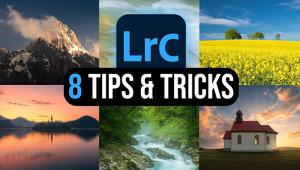Great Outdoors
Subject Matters
Just as there's no one way of taking any kind of photograph, there are several different ways of photographing animals. You can, for example, choose to do a portrait or a close-up or portray the animal as part of the landscape. Browsing through magazines and nature books reveals that portrait images are being published in far greater numbers than pictures showing wildlife in its natural realm. This is partly due to the fact that portraits offer a wider range of possibilities to depict the animal, including details like eyes, face, paws, claws, beaks, ears, fur patterns, and feathers, as well as the whole creature; plus, with a portrait image, you can choose to depict a behavior pattern of one or more subjects. For a wildlife portrait, it's important to focus on the main component of the image, which is, of course, the animal itself, and leave out irrelevant factors. Also, it's wise to create a uniform background, one without disturbances or distractions, so that your subject is isolated from its surroundings. |
|||
An image of wildlife as part of the landscape is a different story altogether. In this case, the animal must not be isolated from the background; on the contrary, the landscape, as habitat and environment, should be sharply and prominently rendered--which, due to the laws of optics, is not always a simple task. The use of long lenses that are perfectly suited for portrait photography often presents a problem because of limited depth of field. While this difficulty cannot be completely eliminated, there are a few tricks to at least diminish it. You can, for instance, try to carefully approach wildlife to a distance that allows the use of short focal lengths, especially in locations where the animals are used to people, like well-visited national parks. However, always keep in mind that even if an animal can be safely and closely approached, the creature is often still stressed by our presence. Examples are breeding birds which may eventually desert their nests, or seemingly cuddly bears along roadsides which can be dangerous when they feel disturbed by humans. Common sense and respect for the well-being of the animal should always guide you during any approach. |
|||
Another way to sidestep the depth of field problem is by photographing down from an elevation like a mountain, cliff, building, or tree. The steeper the angle from which you shoot downward onto an object, the less you have to close down the aperture to achieve sharpness of all elements in the picture. Photography with long focal lengths gets easier if the wildlife is located in the far distance and you can focus near the infinity mark on the lens. In this case, too, not much closing down of the aperture is necessary for sufficient sharpness of the overall image. A disturbing foreground has to be avoided, though. For this reason such shots are mostly limited to mountainous landscapes or dunes that allow photography from higher elevations. The greater the focal length of the lens, the more the image loses in depth. The results are often "flat" images that are, unless properly composed, boring to the eye. For the image of the oryx on the sand dune I used a 300mm lens with a 1.4 tele-converter and focused on the antelope with a nearly fully opened aperture. Because I was standing on a dune crest I could avoid a disturbing out of focus foreground. Due to the considerable distance of the subject, the two dune crests in the background are also sufficiently sharp. Keep in mind that it's not always necessary to sharply depict the surroundings of the animal, especially if the landscape is simply structured, like a large expanse of water, a wide and barren plain, rock walls, or a distant mountain range. In these cases, and generally in photographs of wildlife in landscapes, the off-center placement of the animal or animals is important. The challenge of positioning your main subject becomes easier if you divide the frame by two horizontal and two vertical lines into nine even rectangles and place your central subject on one of the intersections. In the photograph of the pelicans, this technique resulted in the pelicans appearing right in the strip of light, and that, along with the various gray tones of sky and water, lends an appealing horizontal structure to the picture. The soft, watery surroundings guide the view to the pelicans, which are the main subjects, while at the same time their environment remains sufficiently recognizable. Animals in landscapes should not become objects you have to search for in a picture, unless the idea is to emphasize a specific characteristic of the creature such as camouflage or hiding. In order to highlight an animal, try to avoid disturbing backgrounds, and when you're photographing groups of silhouetted wildlife in backlight conditions, it's important that single animals in the group remain identifiable; too much overlap will often create a chaotic image. Finally, if an animal is featured sideways in the frame, it's almost always preferable to place the greater part of the landscape in front of the animal, not behind it; in other words, always let the subject look into the picture. Of course, these tips leave plenty of room for your own creativity and imagination to come into play to compose strong images of animals in the landscape. |
- Log in or register to post comments



